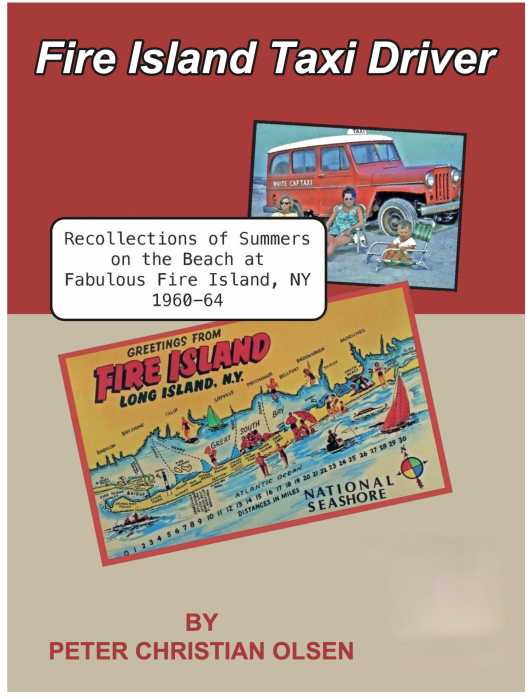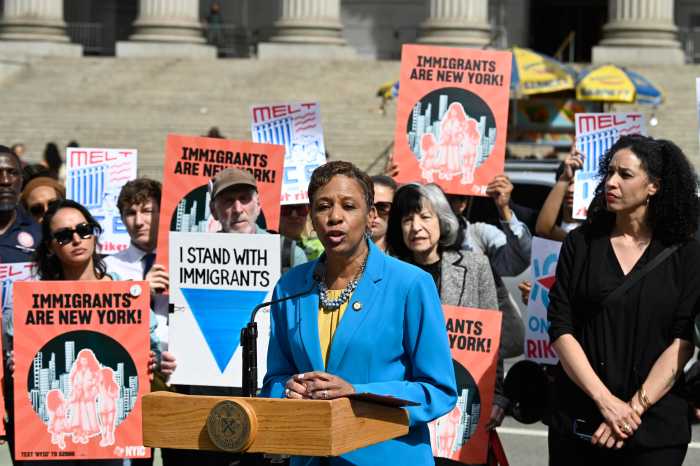Urban sprawl was rapidly developing the pristine shoreline and ancient forest of Long Island. Conservation was in its early stages at the dawn of the 1920s. By 1924, New York had 24 state parks, preserving 143,032 acres of land since the first state purchase of 221 acres of Niagara Falls in 1885. The only state park on Long Island was Fire Island Park, which encompassed 875 acres. This purchase was made in 1908, 16 years after following the establishment of an emergency quarantine station due to a threat of cholera aboard the New York City-bound ship called the “Cepheus”.
Robert Moses’s rise to power started with his appointment by Governor Al Smith as secretary of state. While in this role, Moses was tasked with reshaping all the state agencies, but he strongly desired to shape his legacy through a state-of-the-art park system.
Moses, a resident of Babylon Village on Thompson Avenue, had a passion for the South Shore coastline. On weekends, he would rent a boat and explore the various islands.
During his exploration, Moses would listen to tales of pirates and Native Americans from fishermen who harvested sea life’s bounty. While on the long stretch of sandy beaches, Moses was astonished that he would be the only person for miles on a desolate shoreline outside the country’s largest city.
This passion and inspiration motivated him to preserve this land by democratizing the South Shore coast and constructing one of the country’s most scenic highways. His first step would be preserving large tracts of land for a roadway connecting these parks, which he would call a parkway.
The only obstacle to Moses’ combination of green space and infrastructure was that most of the land he wanted preserved was owned privately. In a press statement about what is expected, Moses declared:
“The state park commission is through working on inadequate park projects and will only devote its time and money on parkways and parks of large acreage. Within our lifetime, Long Island would have half the state’s population. All additional state parks will be no smaller than 300 acres. All new parkways will be wide or wider than 300 feet.”
Moses would exercise the statute eminent domain, which stripped any ownership claims and rights to the property from the rightful owner. Huntington Assemblyman John Boyle stated: “Lands seized through appropriation power of the state, was only exercised in a time of war. The parks and parkways would be removed from the tax rolls. The poor man that owns a little home will have to meet the demand of additional taxes.”
Moses would not be undeterred from his vision of a network of roads, connecting his parks, and he refused all compromises.
An example was the Northern State Parkway. When approached with the compromise of being sold the old Motor Parkway as an alternative to seizing private land, he called the idea “ridiculous” and refused.
During the construction and seizer of land encompassing Southern State Parkway and Heckscher State Park, local judge Norman Dyke subpoenaed Moses to explain the legalities of his tactics. Moses refused to show up.
In a rebuttal to the press, Moses stated: “I would suggest to the people of Suffolk County that you do not listen too much to the people of wealth with great estates. They will do less for you in the long run than the state will do for you. If we do not take those places, there would be no parks for the county.”
However, left out of his statement was that a lot of land Moses seized for his various projects was from local middle-class baymen and farmers who had worked on the property for generations. His dictatorial methods would increase park acreage across Long Island from 875 to 11,698 acres within the first five years of his establishment of the State Parks Commission.
Moses, who steamrolled across much of the landowners, would meet his match when attempting to seize all 17 towns of Fire Island. His proposed plan for a scenic parkway connecting all his south shore parks to Montauk Point stopped at Ocean Parkway, Captree.
Fire Island’s unified resistance saved the island, made it car-free, and would later dismantle Moses’ career. Decades later, his vision and redesigned landscapes would pose challenges to the ecosystem. In Jones Beach, Moses’s flagship park, he would drain and pave over hundreds of acres of wetlands for 23,000 parking spots. The wetlands spared from asphalt would have cut trenches through them to reduce mosquito nesting. These wetlands would not only work to protect South Shore communities from flooding but were crucial for various species of marine life.
The duality of the New York State Parks Department was that it not only withstands the test of time but also evolves into a model that balances recreation with the protection of the ecosystem. Moses’s most famous park, Jones Beach, attracted eight million visitors in 2023, double the number of visitors who visited the Grand Canyon the same year.



























